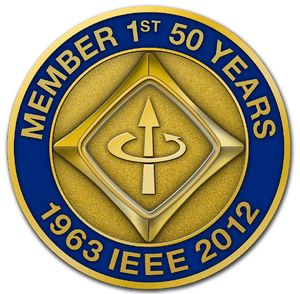First-Hand:Legacy of NTDS - Chapter 9 of the Story of the Naval Tactical Data System
Digital Revolution in the Fleet
Spread of NTDS in the Fleet
It was the intent of the Chief of Naval Operations that all Navy combatant ships from guided missile frigate on up were to get the Naval,Tactical, Data System; provided they had enough years of useful service left to make the investment worthwhile. The first NTDS production equipment contract provided the equipage for nine guided missile frigates of the Belknap Class, for the two nuclear powered guided missile frigates Bainbridge and Truxton, two heavy missile cruisers, and three attack carriers that were fitted with guided missile systems. This was the first priority. Next, all existing attack carriers, not slated for near term decommissioning, were to get the system at their next regularly scheduled shipyard availability, and, in the mean time, all new construction heavy combatants would get the system during construction.
By the end of 1965, ten USN ships were at sea with NTDS, and 22 installations were underway as back fits or new construction. Also OPNAV had authorized installation in 33 more ships. By December 1966 there were 15 operational USN ships fitted with NTDS, and NTDS had been installed in allied navy ships of France, Italy, and Germany. Even if there might be a language barrier, the ships of six navies could share target and status information through the common language of NATO Link 11; the two additional participants being the Royal Navy and the Royal Canadian Navy who had devised their own Link-11 compatible tactical data systems.
NTDS data processing and display equipment was also being found useful by other project managers such as the Automatic Carrier Landing System that used radars, an NTDS c
